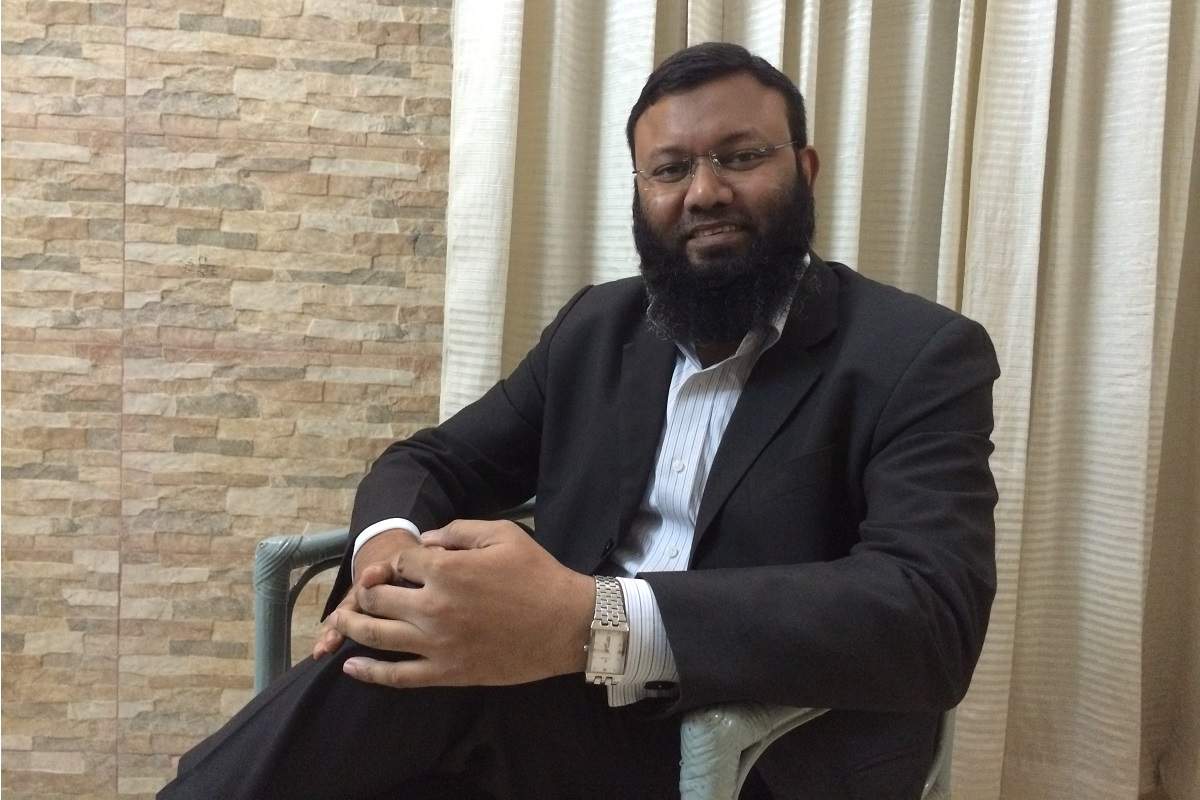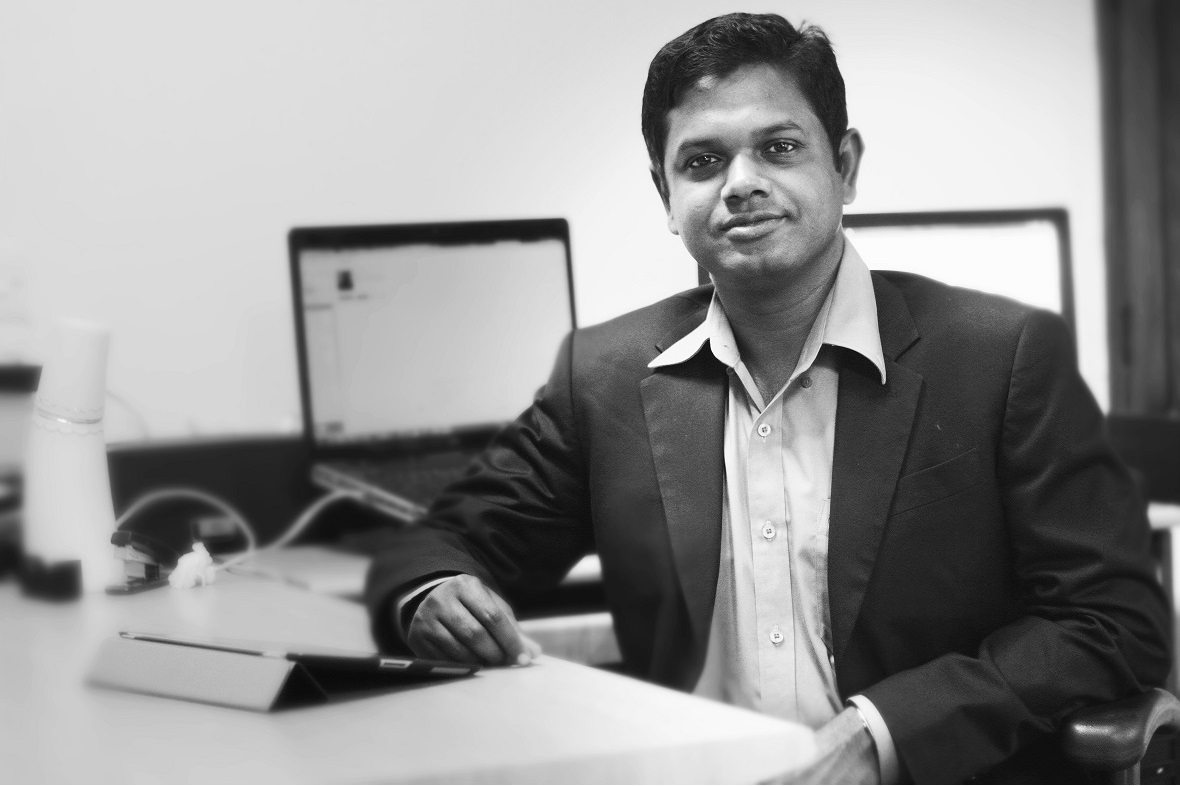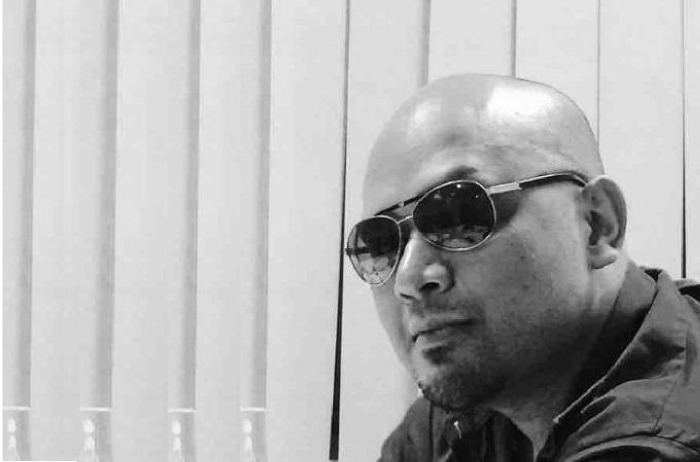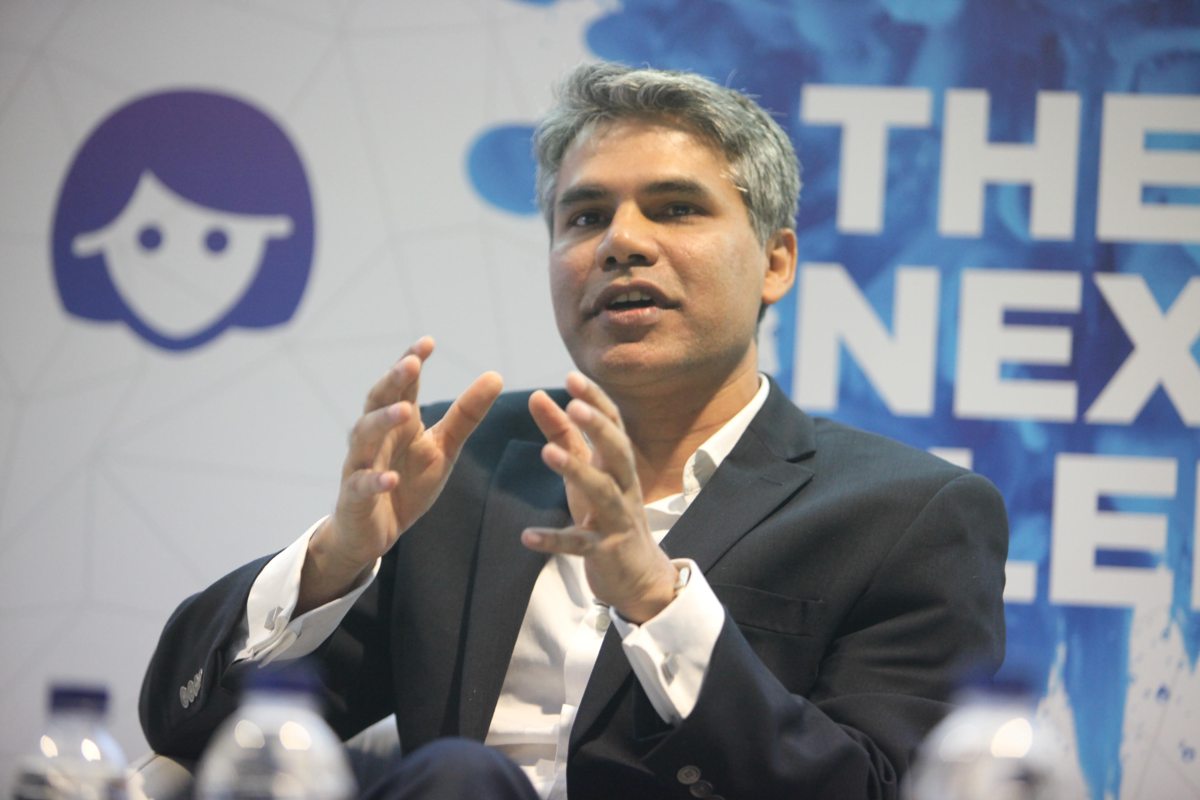
How to raise investment has become an enduring question among startups in Bangladesh. As Bangladesh’s startup ecosystem grows, funding is becoming a matter of growing importance.
Although startup fundraising is a well-discussed topic, it is a complex subject in its entirety and there is no one size fit for all. It is more so for a market like Bangladesh where startup funding is relatively new and there is an overall lack of understanding of the topic. However, we can definitely learn from people who have walked the path and have experience of raising investment.
Over the past months, we talked to many founders, angel investors and VCs to understand how funding works in Bangladesh and to give people a local understanding of the matter. Here, we put together a select few stories that we found helpful, particularly for the founders and people who are trying to raise investment.
[su_divider top="no" text=" " divider_color="#e8e7e6" link_color="#edde29" size="1" margin="10"][/su_divider]

Mohammad Abdul Matin Emon, Founder, and CEO of Doctorola on raising investment in Bangladesh. Doctorola has raised multiple rounds of funding including one from BD Venture, in a 2016 interview with Future Startup Mr. Emon shared his take on raising investment in Bangladesh. Enter Mr. Emon below.
There are few things about raising money that has already become a formula i.e. traction, team, founders, market size and few other things.
You also need an effective pitch deck that can grab the attention of investors within the first few seconds of your presentation. Then pitch deck should contain a lucrative ROI scenario for the investor.
ROI and Exit
To my understanding, ROI can come in two forms: in the form of dividend or profit sharing or in the form of value during exit. It is important to show your investor how you plan an exit. All of these are common things, universal and applicable to anyone trying to raise money.
Now the question is how to do it in Bangladesh?
From my own experience I can tell, Bangladeshi investors consider few things that are unique to our context and different from those of international investors.
After talking to VCs from both Bangladesh and outside of Bangladesh, I have come to realize that there is a fundamental difference in how these two operates.
Major two concerns of Bangladeshi Investors
Bangladeshi VCs ask some questions that international VCs probably don’t worry that much. For instance, local VCs are concerned about the copycat culture that we have and essentially ask the question that, ‘if someone else starts the same business tomorrow how you would tackle that?’
This is a common worry in Bangladesh. Especially for internet based businesses because there are too many copycats.
Investors want the assurance that you understand this challenge and that there is something in your business that can’t be replicated easily and that can outperform any copycat that might appear on the market.
Investors want to know that your business has something that is future proof and can sustain competition. For Bangladesh market, this is a very valid fear.
So a founder must think about core competence of his/her business that can’t be replicated and communicate it with the investor. Something that is difficult to replicate. You have to show the maturity and convince the investor that you have already thought through few ideas to outperform any competition that might come.
Long-term commitment
The second one is applicable for everyone but particularly important for Bangladesh market. After talking to many investors I have come to realize that investors fear the lack of long-term commitment from the founders.
A startup is challenging journey and incredibly hard to build. So pursuing it for a longer term is a big thing. It is important for founders to have a long-term commitment to pursue startup challenge. Startup founders should really possess this level of commitment and at the same time communicate that commitment.
Building a startup is often hard and people give up when days become difficult but that’s not how you build a company.
You get to stick to the idea and work hard. Investors want to see how do you plan to tackle difficult time and how committed you are to pursue a difficult idea for a longer period of time.
These two things should be addressed in pitch deck so that you address all the worries of a local investor.
[su_divider top="no" text=" " divider_color="#e8e7e6" link_color="#edde29" size="1" margin="10"][/su_divider]

Raisul Kabir, co-founder, and CEO of Brain Station 23, on raising investment in Bangladesh. Brain Station 23 raised investment from IPE Capital and BD Venture in December 2016. Enter Mr. Kabir below.
Having a forecast for your business is important for you and investors also want to see it. Start with preparing a forecast. You may use excel or any other tool that suits you.
We prepared a business plan, forecast and a strategy about how we want to address the market and then gave those to the investors. It takes 6-7 months to raise an investment, so you have to start early. If you want to raise investment at the beginning of 2018, you should start now. We were a partnership firm, so we had to turn ourselves into a limited company and had to wait for the transition. That’s why it took us a little longer than usual. It took us over a year time.
The older the company is the longer it will take to manage the investment because then it takes time to do the due diligence.
If you plan to raise investment, you should maintain proper documentation of your business from day one.
Investors often want to see the papers and accounting documents during the due-diligence.
Since maintaining your accounts/finance is critical, you can have experienced part-time people. Someone you know who is working for a big company probably, ask them to help you with your account once in a week. That is way more effective than having a full-time novice accountant.
Finally, raising investment is a complex thing. You should prepare yourself before raising money, you should study nitty-gritty of fundraising before talking to an investor. We did not spend much time in studying valuation and other relevant trends but it is critical.
[su_divider top="no" text=" " divider_color="#e8e7e6" link_color="#edde29" size="1" margin="10"][/su_divider]

A Message From BD Venture
We invest in your growth.
We empower innovative and potential seed, early and growth stage entrepreneurs and enterprises through facilitating investment, consultancy, and other relevant services. You may know more about BD Venture Limited here.
[su_divider top="no" text=" " divider_color="#e8e7e6" link_color="#edde29" size="1" margin="10"][/su_divider]

Chaldal CEO Waseem Alim shares his experience and wisdom on raising investment. Chaldal has raised money from a diverse set of investors from the Silicon Valley, China, and Bangladesh and is a YC company. Enter Mr. Waseem below.
Before going full throttle on fundraising, one needs to understand the basics and explore some pretty simple questions like whether the product-market fit is there, how much one needs to raise and for what purposes, and whether one needs the money right away or can wait for a while etc.
Back to the basic
First thing is that, forget about fundraising, instead, ask yourself whether you want to do this. Do you have a good product? It is critical to get the product tick before going for fundraising because you are still not at the stage where you can go and ask people that you want to do a startup and people will give you money. That is not the stage Bangladesh is in right now.
That has happened in many countries. In India, it is very easy to raise money for the last two years. But that is not the case for Bangladesh yet.
So you must have a product, you must understand why you need the investment and then you need to figure out how to do it.
What I’ve realized is that you probably need less than what you think you need or you probably need more than what you think you need or you probably don’t need it right now.
You can always do with less. The best strategy is that try to do with less now because if you can do with like little money and do a lot with that, then investors will think that they did so much with so little money. If we give them one briefcase of money, then they can do so much more.
It is all about input and output. If you can show them that without any input you have done a lot, it is always attractive.
Raising money in Bangladesh
You need to find out where the Bangladeshi VC industry is, who are the movers and shakers.
There are a lot of VCs that are coming into Bangladesh nowadays. I don’t know and haven’t thought about the angel level funding so far. I know some people are doing personal investment these days.
I think there is more confidence in the market these days, so it’ easier. It is hopefully going to get easier and easier if we have some more success stories.
Ask for money and get used to rejections
First thing is that you have to know where to raise the money from. Initially, it is as simple as going to people and asking for money. There is no more magic to it.
You have to ask people, you have to do the hard work. You have to take the rejections and then try harder.
Momentum is important
You have to build up the momentum, if someone wants to invest 1000 taka, let them invest 1000 taka. High targets are fine but sometimes those can be the reason for your failure.
The truth is that, whatever I aim to raise, I end up raising 30% of that. That seems to be my law. If you want to raise a billion, you should really target for 3 billion.
[su_divider top="no" text=" " divider_color="#e8e7e6" link_color="#edde29" size="1" margin="10"][/su_divider]

Shama-e-Zaheer, Chairman of Mir Group, has invested in a few local companies. We interviewed Mr. Zaheer last year on his views on angel investment, startup and more. Here is his view on what he looks for in a startup before making an investment. Enter Mr. Zaheer below.
Actually, I look at the person. I try to understand how passionate s/he is and how truly s/he believes what is being pitched. Passion is although not the only thing I look for. I also assess the logic in the idea–both business and operational, because, in my opinion, if you have a sound operational logic, business will eventually follow.
Business models and revenue models have become relatively easier in the recent times. Traffic now translates into revenue; data translates into revenue; proprietary technology translates into revenue.
So, it’s not the revenue I am too concerned about; it’s the viability of the operational approach to and the passion behind the concept that I look for when someone comes to me to pitch an idea.
Suggestions for early-stage entrepreneurs looking for funding
First of all, ensure that you can generate enough cash-flow to compensate these angel investors for the risk they are taking.
Second, do not rush into raising investment. Bootstrap your startup, even if it seems difficult. Go as far as you can with your money or funds from your friends and family. Have a very lean startup. Make sure that you have some form of evidence that your idea will not die out.
On the other hand, this is what I have to say to the angel investors: a lot of people say that angel investing doesn’t pay much, rather only VCs and late-stage investing only yield profits. This is only true if you invest too much or if you get diluted. So, ensure that you have enough provisions in case the startup dilutes when it grows. And make sure that you invest in growth.
[su_divider top="no" text=" " divider_color="#e8e7e6" link_color="#edde29" size="1" margin="10"][/su_divider]

Sajid Rahman, CEO of Telenor Health, has experience of investing in early stage companies in both the Silicon Valley and Southeast Asia. In a 2015 interview, we asked Mr. Rahman what does he look for in a startup before making an investment. Enter Mr. Rahman below.
I personally look at the experience and track record of founders, whether there are 2 or more founders, whether they have launched and executed the product, traction beyond the idea stage, and also how big the market is for the product/services in terms of customer and dollar value.
Saying goes, if you want to build a billion dollar company, try to solve the problems of a billion people. If you look at all the companies that are big today, such as, Facebook and Google, they are not trying to solve one problem in a particular geography, they are solving problems globally.
The good thing about today’s start-up environment is that a number of them are showing very good early traction unlike the times in dotcom bubble. There are companies that are generating million plus in revenue within a few months of the launch. The market for technology startups has grown exponentially. With billions of customers connected online via smartphones, a great product with the right team behind it can grow very fast.
